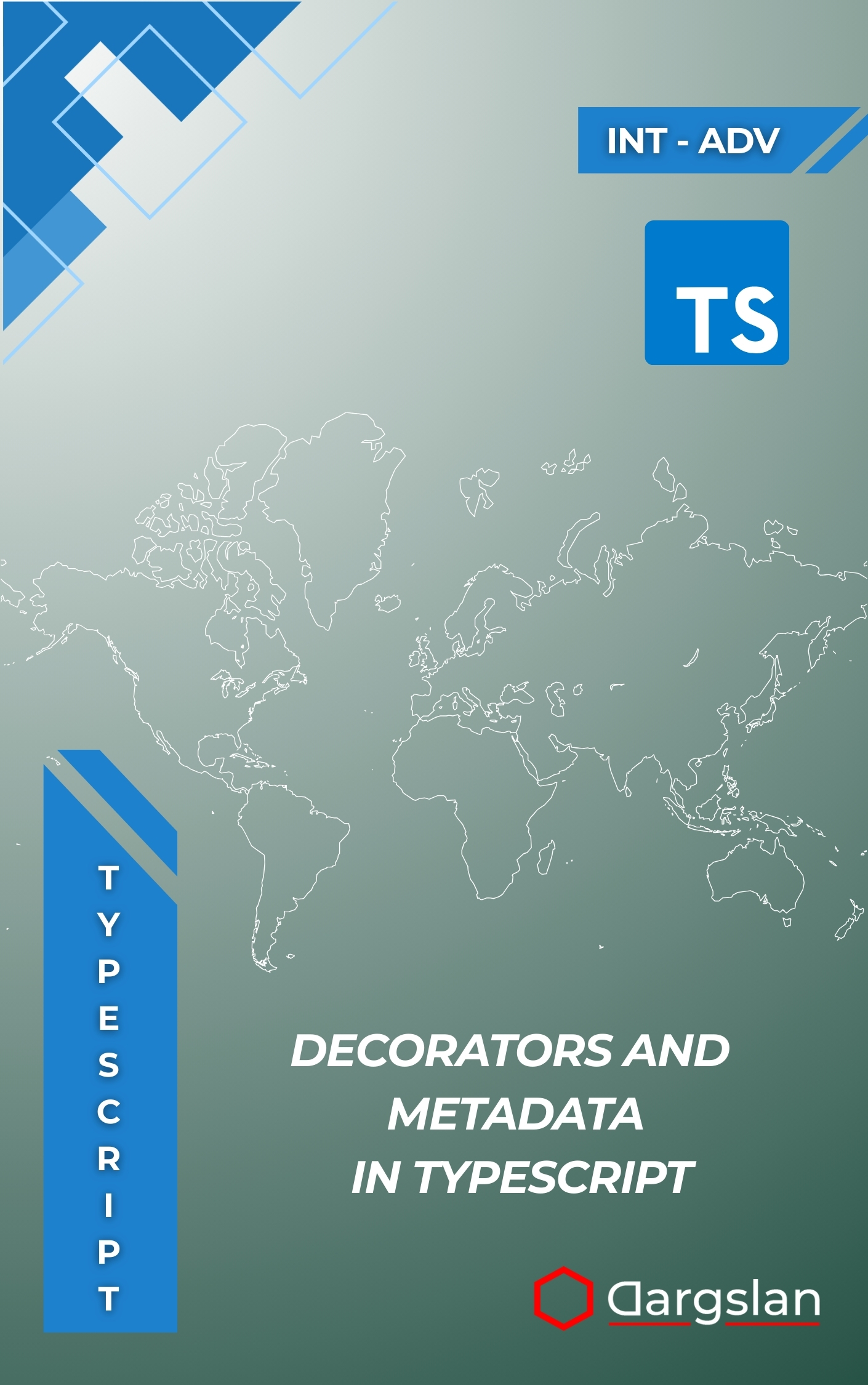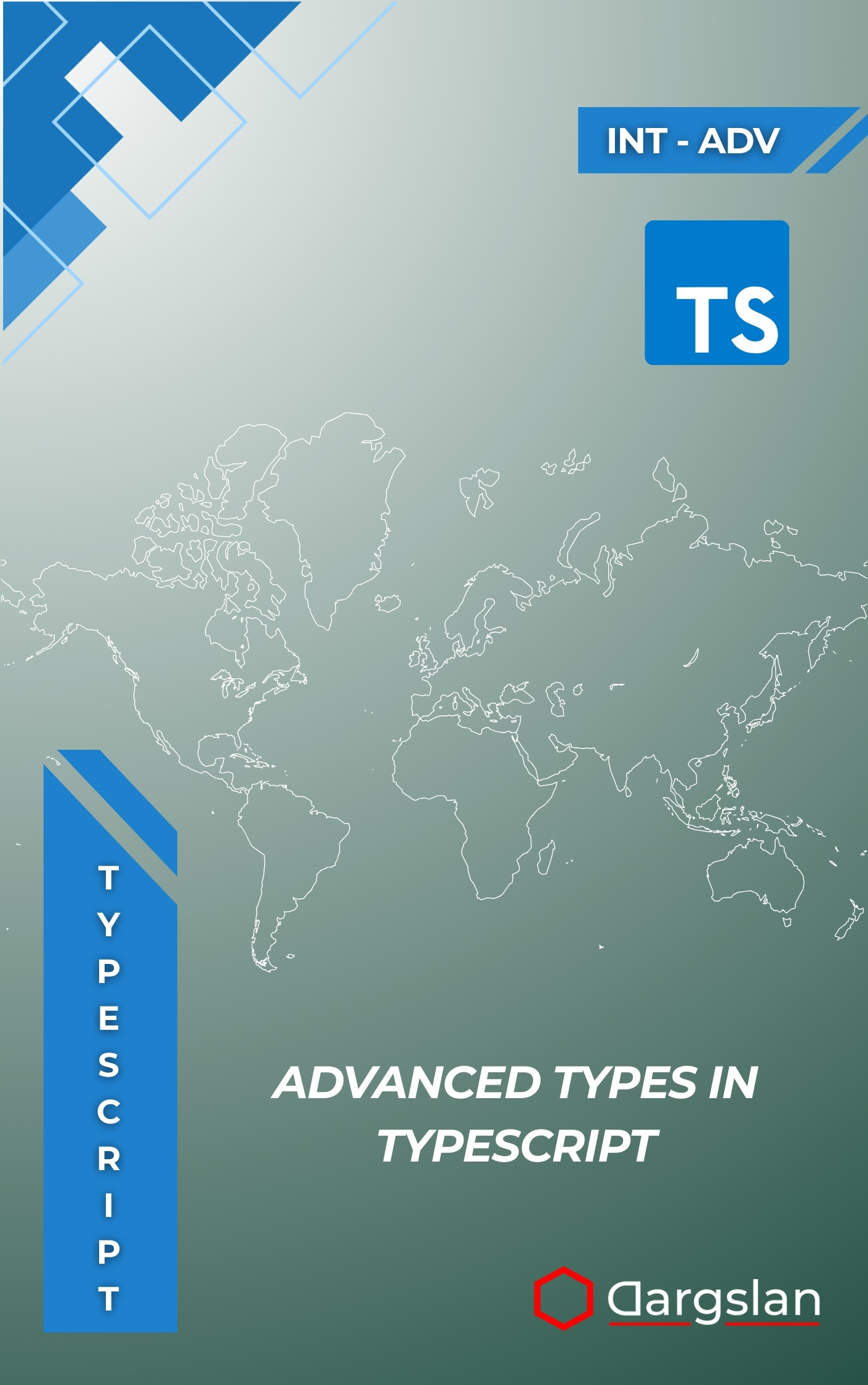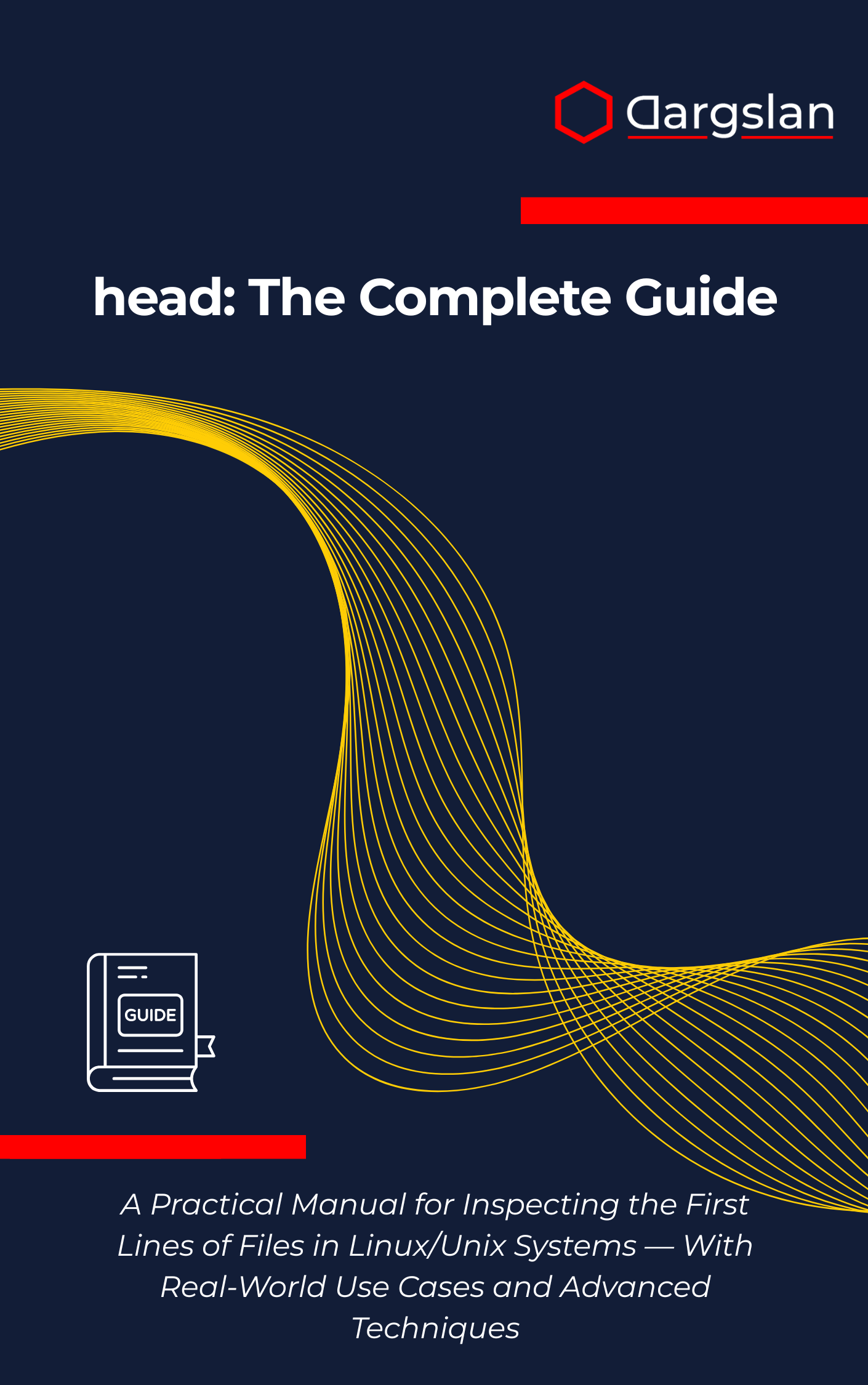Securing Kubernetes Clusters
Kubernetes Security and Production Readiness,Secure and optimize Kubernetes clusters for production environments.

If your containers are heading to production, your security strategy needs to get there first. This field-tested guide shows you how to harden every layer of your platform—from source code and container images to nodes, networking, and runtime policies—so your Kubernetes workloads stay resilient under real-world pressure.
Best Practices for Hardening Kubernetes from Code to Cluster
Overview
As an IT book, programming guide, and technical book in one, Securing Kubernetes Clusters: Best Practices for Hardening Kubernetes from Code to Cluster delivers a comprehensive blueprint for protecting Kubernetes at scale. You’ll learn how to align Kubernetes API server security with robust RBAC implementation, enforce kubectl security for least-privilege operations, apply node hardening, craft effective network policies and ingress controller security, adopt Pod Security Standards for safer workloads, and elevate container security with image scanning and secrets management—all backed by actionable audit logging, security monitoring, incident response runbooks, policy automation with OPA Gatekeeper, and CI/CD security integration to keep defenses automated and up to date.
This resource connects strategy to implementation so teams can confidently ship secure services. Whether you run a single cluster or a global fleet, the guide shows you how to reduce attack surface, meet compliance goals, and build repeatable, automated protections into every stage of your delivery pipeline.
Who This Book Is For
- DevOps and platform engineers who need pragmatic controls that don’t slow delivery. Learn to automate guardrails—like policy enforcement, image scanning, and RBAC—so security becomes a built-in outcome, not a bottleneck.
- Security practitioners and compliance leads aiming to operationalize Kubernetes controls. Translate benchmarks and best practices into concrete configurations, auditable logs, and measurable risk reduction.
- SREs and Kubernetes administrators responsible for uptime and reliability. Strengthen resilience with defense-in-depth strategies, from secure defaults and network segmentation to incident response playbooks you can execute under pressure.
Key Lessons and Takeaways
- Design a hardened control plane and API perimeter. Master admission controls, authentication, and authorization patterns that stop privilege creep and enforce least privilege across clusters and tenants.
- Implement zero-trust policies at the workload level. Combine Pod Security Standards, network policies, secrets management, and image provenance to limit blast radius and eliminate common misconfigurations.
- Automate security as code. Use OPA Gatekeeper, CI/CD checks, and continuous scanning to shift left, catch drift, and keep clusters aligned with your standards without manual toil.
Why You’ll Love This Book
Every concept is paired with concrete steps, sample YAML, and tool suggestions you can apply immediately. Clear explanations reduce complexity, while real-world scenarios help you navigate trade-offs in production environments. You’ll move from theory to hands-on execution with confidence—and with processes that scale.
How to Get the Most Out of It
- Start with the foundational chapters on control plane, access, and workload isolation before advancing to supply chain and runtime protections. This progression ensures you build secure layers in the right order.
- Apply each chapter’s guidance to a staging cluster first. Validate policies, test RBAC roles, simulate failovers, and confirm that network policies and ingress rules don’t break critical paths.
- Reinforce learning with mini-projects: create an API admission policy set with OPA Gatekeeper, stand up a CI/CD security integration that blocks unscanned images, and implement an audit logging pipeline that feeds your SIEM for continuous security monitoring.
Deep Dives You Can Put to Work Today
Harden access at the edge with tightly scoped service accounts, short-lived tokens, and encrypted transports. Combine RBAC implementation with granular roles and namespace strategies that map to real team responsibilities.
Strengthen supply chain integrity by enforcing image scanning and signature verification before deploy. Lock down registries and restrict image sources to eliminate untrusted artifacts from pipelines.
Implement layered workload security using Pod Security Standards to restrict privileges and file system access. Pair those controls with secrets management best practices—KMS-backed encryption, rotation policies, and sealed secrets for secure delivery.
Reduce lateral movement and egress risk by writing network policies that default to deny, then explicitly allow required service-to-service traffic. Add ingress controller security with TLS, authenticated routes, and WAF/IDS integrations where appropriate.
Close the loop with defensible operations. Build an audit logging architecture that captures control plane and data plane events, pipe telemetry into dashboards for security monitoring, and rehearse incident response procedures to cut meantime to containment.
What Makes the Approach Effective
The guidance focuses on what truly matters in production: measurable risk reduction with minimal operational friction. You get opinionated patterns, not just theory—plus benchmarks and checklists that help you verify outcomes and pass audits.
By leaning on policy automation and repeatable templates, you avoid one-off fixes and build a sustainable security posture that scales with your cluster footprint. The result: consistent, compliant, and resilient environments that keep your services running and your data protected.
Practical Tools and Workflows
You’ll learn to structure policies with OPA Gatekeeper, integrate scanning into CI/CD, and wire up alerting for suspicious activity. Examples show how to apply controls with kubectl safely, and how to extend protections to managed Kubernetes services without losing portability.
The appendices accelerate adoption with ready-to-use configurations, CIS-aligned checklists, and incident response templates you can adapt to your organization. Use them as living documents to govern change and maintain security hygiene over time.
Results You Can Expect
Teams adopting these practices typically see faster audits, fewer misconfigurations reaching production, and clearer accountability between platform, security, and application owners. Mean time to detect and respond drops as visibility improves and runbooks are exercised.
Perhaps most importantly, developers gain confidence that secure defaults and guardrails have their backs—so they can ship features without fear of breaking critical controls.
Get Your Copy
Make your clusters resilient, compliant, and ready for anything. Put these patterns to work and turn security into a force multiplier across your platform.




